Are you planning a trip to Peru? Before you hike the Inca Trail to Machu Picchu, kayak the Amazon River, or eat ceviche in Lima, you’ll want to be prepared for a variety of health risks.
Take it from someone who suffered through food poisoning, altitude sickness, and painful insect bites that you want to be prepared for the worst to have the best experience traveling in South America.
Disclosure: This post about how to prepare for the health issues travelers may face in Peru contains affiliate links. If you click on one of these links and purchase an item, I may earn a small commission. Of course, this is at no extra cost to you.
Health Tips You Should Know Before Peru Travel
In this post, I share four travel health tips for Peru based on my experience visiting the South American country in September 2015. It is important to note that I’m not a medical professional. This post should not replace consulting with your doctor regarding your personal health before traveling to Peru.
Ensure Your Vaccinations are Up to Date
First, I could not stress enough to you the importance of making sure your vaccinations are up to date before traveling abroad. Major vaccines include Dtap (tetanus), Polio, and MMR. If you are an American, you likely received these as a child, but you may be due for a booster shot.
Recommended vaccines for traveling abroad also often include Hepatitis A and B, Meningitis (which is often required now before attending American universities, for those of you studying abroad), the flu shot, and the Covid-19 vaccine.
If you are not sure if your vaccinations are up to date, you can ask your doctor to run a test to find out.
To make sure you are getting the correct vaccinations for the areas of Peru that you’ll be visiting and the activities you plan to do, you should check the Centers for Disease Control and Prevention website and make an appointment with a travel doctor.
Recommended Vaccine For Travel In Peru: Typhoid
Most importantly for Peru, you should get a typhoid fever vaccine. The CDC advises this for most travelers because it’s possible to contract typhoid through contaminated food and drink. In particular, the typhoid vaccine is recommended if you plan to visit small and rural towns, eat home-cooked meals, or are an adventurous foodie.
Before traveling to Peru, I visited a travel doctor’s office in Grand Rapids, Michigan. There, the typhoid vaccine was available as a shot or an oral vaccine. I opted for the oral typhoid vaccine because it was the less expensive option. Additionally, the oral vaccine was good for five years, whereas the shot only covered three years.
If you plan to travel internationally again within the coming years, it is worth inquiring how long each vaccine typically lasts.
Possibly Recommended Vaccine For Travel In Peru: Yellow Fever
Depending on where you’ll be traveling in Peru, you may also need a yellow fever vaccine.
If you get the yellow fever vaccine, you should ask your doctor for a certificate of vaccination. This will likely be a yellow form issued by the World Health Organization.
Several of my Aussie travel companions in Peru said that they would be required to show the yellow fever vaccination certificate in Australia upon returning home from Peru.
Therefore, I recommend you check with your travel doctor and your home country’s government to be sure of the vaccination requirements.
2022 COVID-19 Update for Peru Travel
As of January 18, 2022, the Peruvian government has extended its COVID-19 health emergency through August 28, 2022.
Therefore, all commercial airline passengers age 12 and older must show proof of being fully vaccinated at least 14 days prior to boarding their initial flight or a negative molecular (PCR) test result from a test taken within 48 hours prior to boarding. Children younger than 12 do not need to be vaccinated against or tested for COVID-19, but they must be asymptomatic prior to boarding a flight to Peru.
The aforementioned guidelines are for foreign travelers. Peruvians are now required to show proof of three COVID-19 vaccine doses or a negative test result.
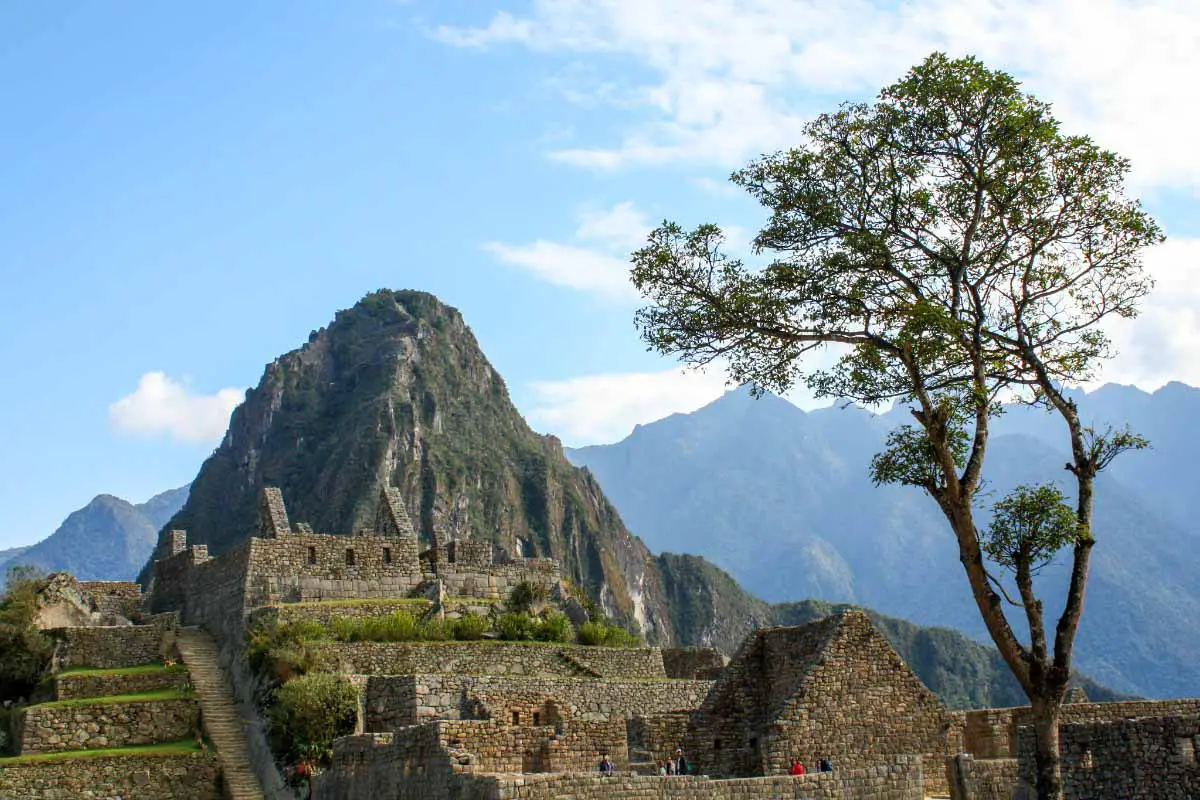
Be Prepared for Malaria and Bug Bites in Peru
Is malaria an issue in Peru?
Yes, malaria is present in certain regions of Peru.
The CDC primarily recommends malaria medication to travelers visiting the Amazon, such as the cities of Iquitos and Puerto Maldonado and the eastern regions of La Libertad.
Malaria medication is also recommended for visiting the Lambayeque region in northern Peru.
If you plan to travel to one or more of these destinations in Peru, your doctor may prescribe malaria pills and recommend DEET mosquito repellent.
My experience at Machu Picchu
Machu Picchu, considered one of the eight Wonders of the Modern World and a UNESCO World Heritage Site, is one of the most popular destinations to visit in Peru. During my trip, the biting insects at Machu Picchu were intense.
I had worn cropped leggings that left a small section of skin on my lower legs exposed. That night, after visiting Machu Picchu, my legs throbbed with pain. By the next day, that area of skin was covered in red splotches of bug bites that began to itch.
Unfortunately, I flew home the day after getting bitten at Machu Picchu. By the time my overnight flight from Lima landed in Detroit, I could barely walk from the swelling.
Luckily, I had arranged for my mom to pick me up from the airport, and she took me straight to the nearest pharmacy. Taking Benadryl and resting seemed to help, and the swelling reduced by the following day.
In my original version of this post, I had incorrectly identified these insects at Machu Picchu as mosquitoes. I’m not sure what these insects are — some travelers have called them midges, others have said they are sand flies. Whatever they are, they certainly feast on exposed skin!
Recommendations for Preventing Insect-Borne Disease
- Malaria is a concern in certain regions of Peru, particularly if you travel to the Amazon rainforest. Before your trip, you should consult with a travel doctor. You may be prescribed malaria medication to take before, during, and/or after your trip.
- At Machu Picchu, you will likely encounter biting insects. I found the best defense is to wear long pants and long sleeves to leave little skin exposed. Insect repellant may be helpful as well. If you forget to pack bug spray, you can buy insect repellent at shops in Aguas Calientes, the take-off point for visiting Machu Picchu.
- Mosquito-borne diseases, such as dengue fever and Zika Virus, have been reported in Peru. Since mosquitoes are not typically found at high elevations, traveling in highland regions — to tourist favorites such as Lake Titicaca and Cusco — is lower risk for mosquito-borne illnesses.
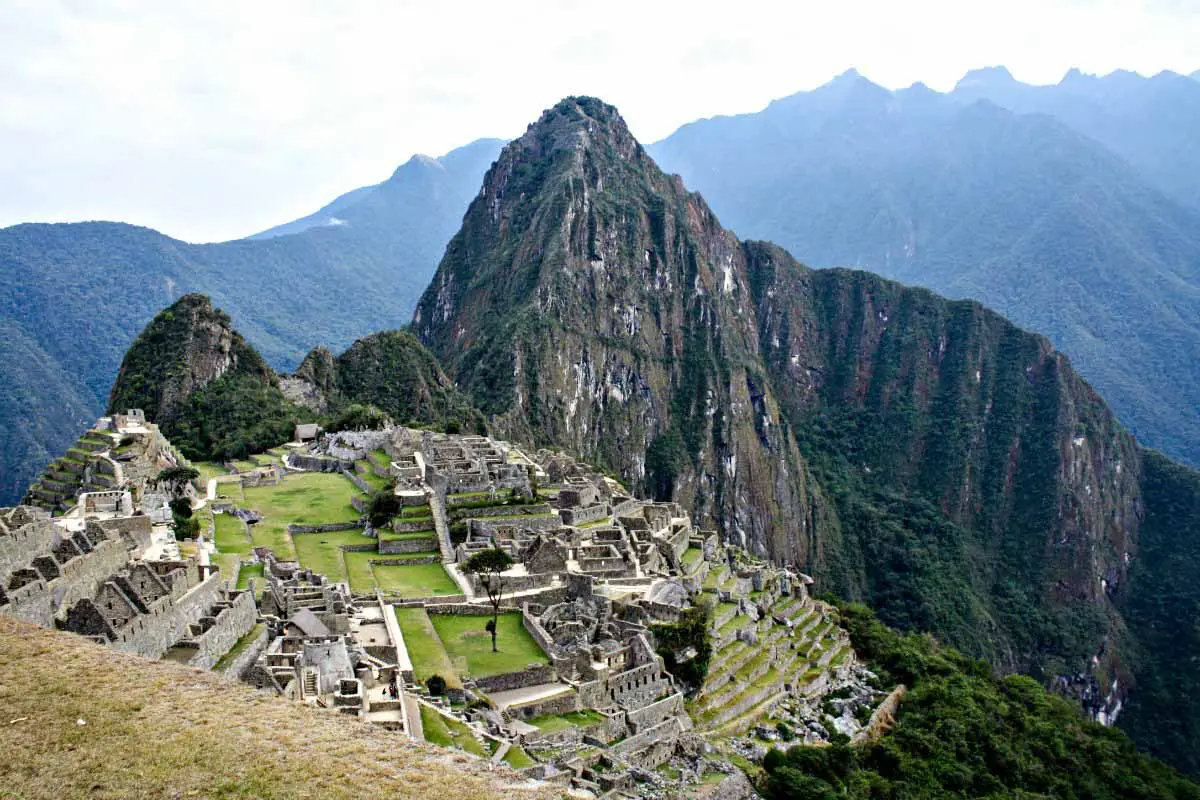
Prevent Altitude Sickness
Altitude sickness is a difficult ailment to avoid when traveling at a fast pace in mountainous areas. It is best to hydrate as much as possible before reaching a high elevation. Otherwise, you might feel as tired and uncomfortable as I did in Puno, where the elevation is 12,556 feet.
You should not assume that you will be OK because you never experienced altitude sickness in other destinations at high elevations beforehand. Half of my travel group missed out on dinner in Puno because we were struggling with the altitude. Personally, I’ve never had an issue with altitude sickness when traveling in the Swiss Alps or Colorado Rockies, but I certainly did in the Peruvian Andes.
Elevation of Popular Peru Destinations
- Arequipa: 7,661 ft
- Colca Canyon: 10,830 ft
- Cusco: 11,152 ft
- Iquitos: 348 ft
- Lake Titicaca: 12,507 ft
- Lima: 505 ft
- Machu Picchu: 7,972 ft
- Nazca Lines: 1,706 ft
- Puno: 12,556 ft
- Sacred Valley: 8,000 ft
- Vinicunca (Rainbow Mountain): 17,060 ft
What does altitude sickness feel like?
It really depends.
Altitude sickness symptoms could include dizziness, fatigue, shortness of breath, loss of appetite, sleep problems, and a general loss of energy.
Generally, these symptoms occur within 12 to 24 hours of arriving at a high elevation, but they will lessen within one to two days as the body adjusts to the altitude.
However, if your symptoms are more severe, getting back to a lower elevation might be your best option.
In my experience, my symptoms changed throughout the day.
However, the worst of my symptoms were a dull headache, especially in the mornings, that no amount of ibuprofen could relieve and slow digestion that constantly made me feel quite uncomfortable.
Due to that bloated feeling, I wasn’t drinking the recommended amount of water for high altitudes, and that exacerbated the problem.
I also experienced fatigue, interrupted and restless sleep, mild dizziness, and a bloody nose (just a little blood when I had to blow my nose).
How do you treat or prevent altitude sickness?
- Hydrate — The locals recommend drinking at least 1 liter of water per 1,000 meters elevation
- Coca — Locals chew coca leaves or drink coca tea for energy and to aid digestion
- Rest and time — Give yourself time to adjust to higher altitudes before extreme activities like hiking. For example, spend a day or two in Cusco before hiking the Inca trail or visiting Machu Picchu.
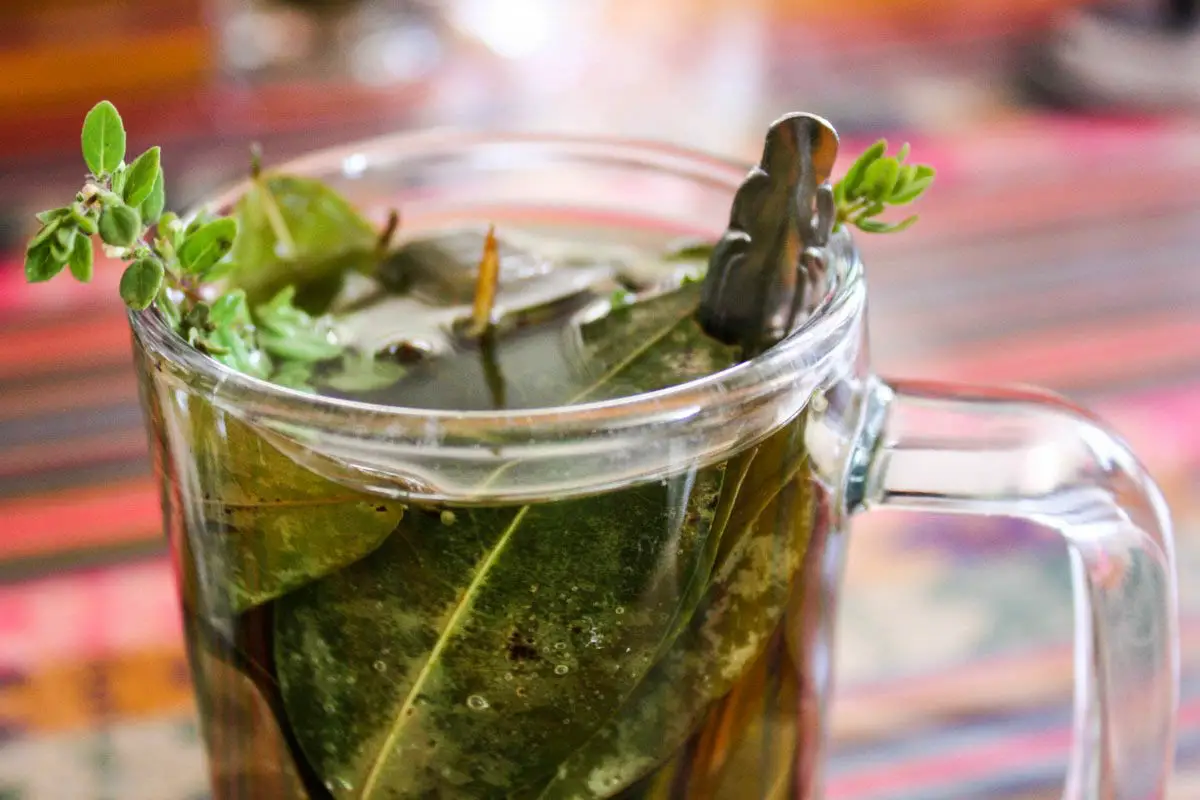
Prevention and Treatment Tips for Traveler’s Diarrhea from Food Poisoning in Peru
If you don’t want to miss out on any once-in-a-lifetime experiences in Peru, like I did when I missed white water rafting in the Sacred Valley, travel with anti-diarrheal medication and an antibiotic.
Which medications should you take if you get traveler’s diarrhea from food poisoning?
- Ciprofloxacin — Before you travel to Peru, ask your doctor for a prescription for this antibiotic. You can also buy this medication over the counter at pharmacies in Peru, but — trust me from personal experience — it would be best to have it on hand in case of emergencies.
- Pepto Bismol— Yes, it is pink and gross, but this over-the-counter medication is a traveling eater’s best friend. Not only does it slow digestion, but it also alleviates most upset stomach ailments foreign travelers are too embarrassed or too lacking in vocabulary to accurately describe to a pharmacist. I recommend the pills or chew tablets instead of the liquid.
Which foods and drinks should you avoid in Peru?
- Fruits without skins — Any fruit with a tough peel like a banana, a melon, or an orange is probably safe to eat. Beware of fruits with thin to no skin like strawberries. Instead, try local fruits like granadilla or chirimoya from an open-air market.
- Salads washed in local water — Vegetables are safest to eat when thoroughly cooked. If you want a salad, be sure to ask how the vegetables are washed. In nice restaurants that serve a high volume of tourists, you may be safe ordering a salad. If you are worried about this, stick to potatoes – Peruvians eat 3,000 varieties!
- Raw meat and seafood — If you want to fully enjoy the culinary scene of Lima, South America’s culinary capital, you’ll want to try the ceviche made with raw seafood. The citric acid actually cooks the fish, so just stir your dish really well before eating to ensure the acid has killed all the bacteria.
- Tap water — Do not drink the local tap water in Peru! Instead, order “agua sin gas” for flat water or “agua con gas” for mineral water at restaurants. I wet my toothbrush with the local water, but you should not drink the tap water due to the bacteria in it. Even the locals I met said they boil the water they drink.
- Ice — Ensure the ice is made from boiled or bottled water before asking for it in a drink. If you aren’t sure, just drink your beverage warm like most drinks in Peru are served.
- Mayonnaise — This is likely what caused the food poisoning I experienced in Peru, so I obviously recommend avoiding it. It’s unfortunate because mayonnaise is in one of my favorite Peruvian dishes — Palta Rellena. It’s avocado stuffed with a mayo-based chicken or tuna salad though the protein can vary.
- Street Food — As a foodie, I know this is extremely tempting. I’ll admit I indulged a couple times myself for tres leches cake and fresh juice. However, you never really know the precautions these vendors have taken, so tourists are generally safer eating at sit-down restaurants.
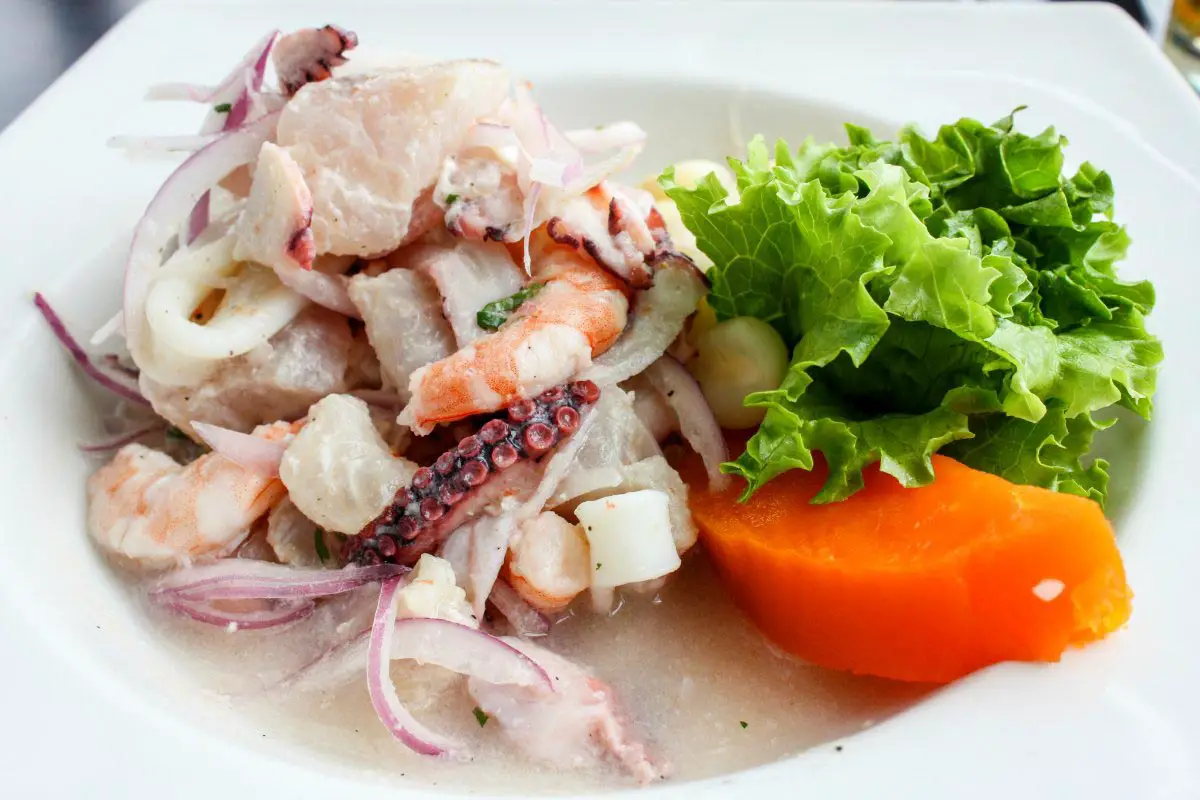
Health Items You Should Pack for Peru
- Travel Insurance — Email your policy to yourself, and pack a hard copy of the vital information of your plan, including phone numbers to call in case of an emergency. I purchased my travel insurance policy from World Nomads for my Peru trip.
- Malaria medication (if prescribed)
- Ciprofloxacin
- Pepto Bismol — It comes in a convenient travel size!
- Antacids — Though you can take Pepto Bismol for heartburn and indigestion, TUMS comes in tastier flavors such as assorted fruit or peppermint.
- ibuprofen — I like these travel-size Advil bottles that fit into a purse or jacket pocket.
- Sunscreen — For travel, I like Neutrogena’s face and body stick sunscreen and pocket-size beach defense™ with 70 SPF.
- Aloe Vera
- Lip balm with SPF
- Bug spray (preferably with DEET) — I’ve found this mosquito repellant with DEET works really well. It’s also sold as wipes.
- Benadryl or other antihistamine
- Neosporin or a first-aid antibiotic cream — Neosporin makes this handy to-go spray!
- Band-Aids
- Anti-bacterial hand sanitizer — I like Purrell hand sanitizer portable bottles that you can loop onto your purse strap or backpack zipper pulls for traveling in Peru. Read my post about hygiene essentials for Peru to see why!
- Cortizone or after-bug-bite/anti-itch cream — The Cortizone Easy Relief™ Applicator is a great size for travel.
For Female Travelers
- Your femcare products of choice (Note: Tampons are not often used by Peruvian women and may be difficult to find, especially ones with an applicator)
- Midol/Pamprin/other menstrual relief medication
- Contraceptives
Travel Tip: If you’ll be traveling in Peru while it’s your “time of the month,” you might want to try The DivaCup. I’ve explained why traveling with the menstrual cup is beneficial in Peru. Plus, that post shares four other hygiene tips you should know before you encounter the bathrooms in Peru.
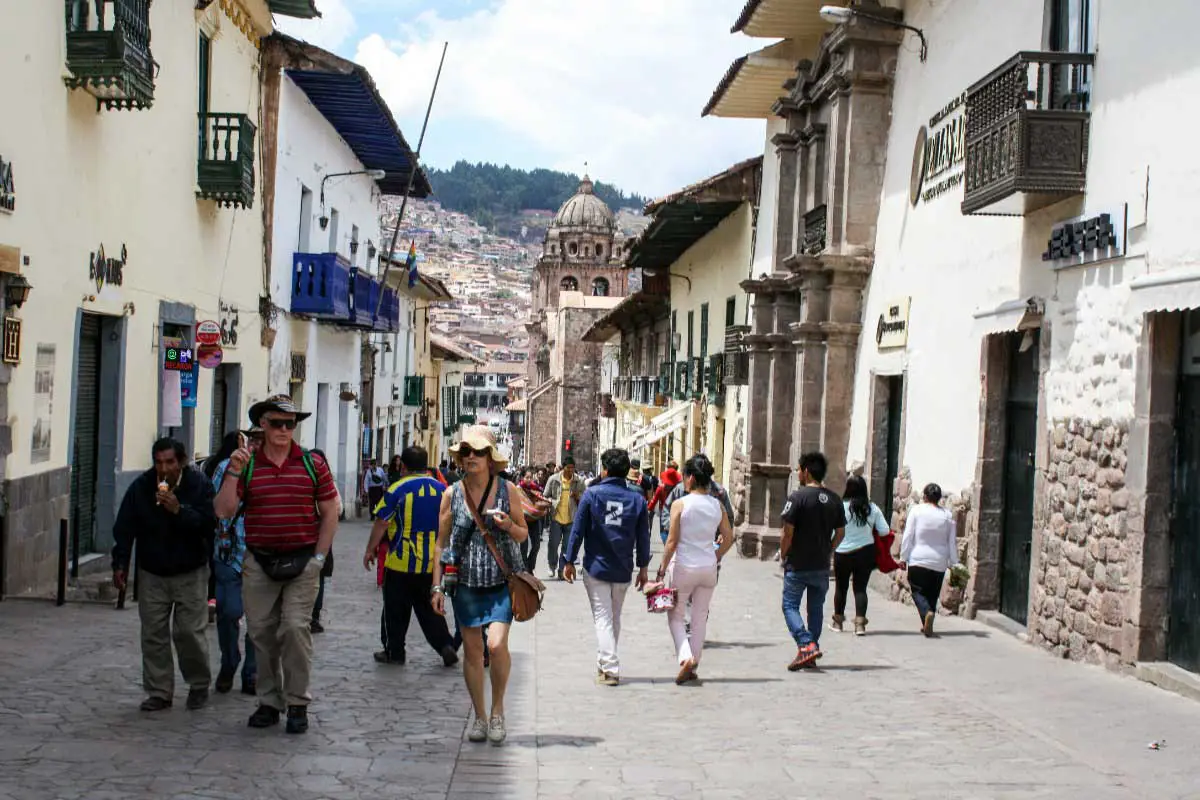
Are you planning a trip to Peru?
If you are traveling to Peru, below are some of my favorite resources for your trip.
Peru Guidebooks: Lonely Planet Peru | Fodor’s Essential Peru
Travel Insurance: World Nomads
Researching Hotels: Lima | Cusco | Aguas Calientes | Sacred Valley | Arequipa | Puno
Group Tours: Contiki Peru Panorama | Contiki Peruvian Highlights | Contiki Peru Uncovered
If you are traveling to Peru, you may also want to read …
- What To Pack For Peru
- Five Must-Have Hygiene Essentials For Women Traveling In Peru
- The Small Town Charms And Delicious Desserts Of Chaclacayo And Chosica, Peru
- 19 Traditional Latin American Soups and Stews
- Travel Tips For Digestive Health On The Road
- Six Tips for Staying Healthy While Traveling
Save this post to your Peru travel board on Pinterest to reference when you prepare for your Peru trip!
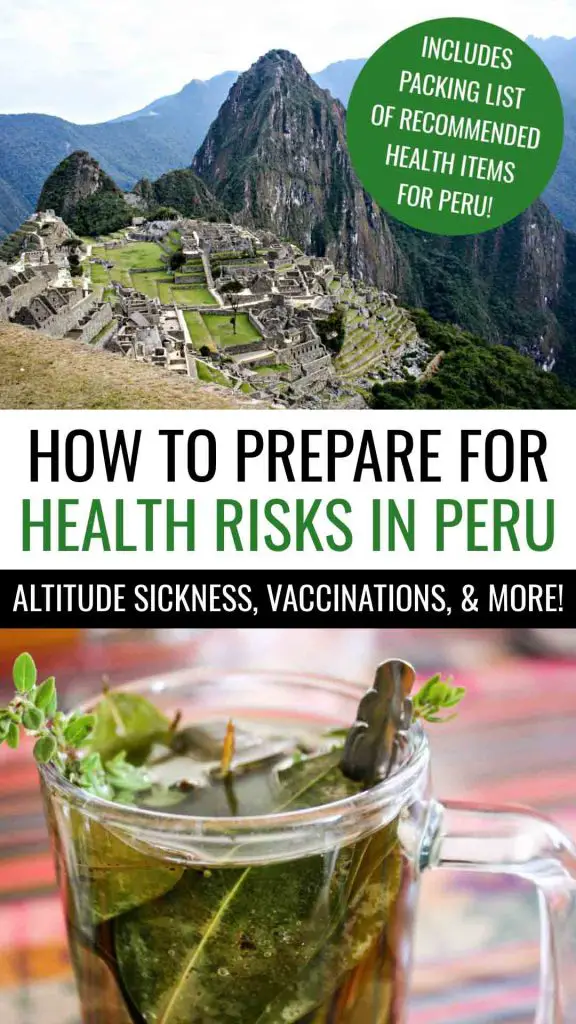
Do you feel prepared for the health risks when visiting Peru?
Please share your concerns or advice for traveling in Peru in the comment section!
Disclaimer: The information in this post is intended for informational purposes only. You should not rely on this information as a substitute for professional medical advice. If you have any questions or concerns about your health, you should speak with your doctor.
Editor’s Note: This post was originally published on Sept. 17, 2015. It was updated on April 20, 2022.
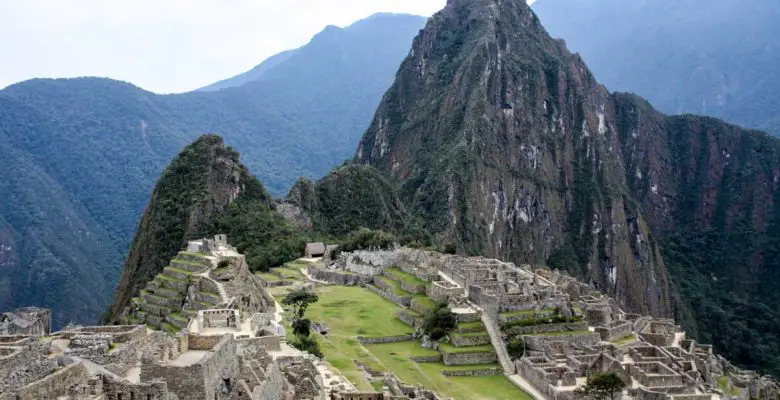
I used to get nosebleeds all the time when I lived in Ecuador. Unlike you, my nose would suddenly start to bleed like someone kicked a soccer ball in my face. And this was after I had been there for weeks and had, for the most part, adjusted to the altitude. It was definitely not fun, but luckily I wasn’t too affected by the altitude other than that.
Oh, Allison, that sounds rough. It’s strange how altitude affects everyone in different ways. Did your nosebleeds subside eventually on their own? Did you find a remedy that helped at all?
Because I have family in Peru, i go there all the time. I wouldn’t worry to much about vaccines unless you are going to the jungle or other small towns. Lima and Cusco are pretty safe, I just have my standard person of 1987 about 30 vaccines and I’ve been fine. But, I have never been to the jungle (that’s another story). Bug spray is important if you are hiking Macchu Picchu. Not necessary at all in Lima.
My main problem is that I always get food poisoning. Never trust anything, even at a fancy restaurant, that was made with any water. No chica morrada, no teas, etc, no nothing, ice, just drink from a bottle, everything bottled. Also, I wouldnt recommend eating anything from street vendors or that really good native Peruvian stuff. I think that’s how my mom got really sick and she was born and raised in Peru. You just don’t know when someone doesn’t wash the product or their hands properly. 🙁
Anyways, there is so much good food in Peru. So many good restaurants. I really love Dpaso – it is out of the way from Lima, but near some ruins. Amazing Lomo Saltado and great dpaso horse show too.
Thanks for commenting and sharing your experience in Peru! I’m so sorry to hear that you get food poisoning so often during your visits there. 🙁
Luckily, I never had an issue with chicha morada. I unfortunately got food poisoning from a hotel restaurant in the Sacred Valley. I had ordered a dish with an avocado stuffed with a mayonnaise-based salad. Bad call. Our food took a really long time to prepare, which should have been my first indication that eating there was not a smart idea.
Otherwise, the food I experienced in Peru was amazing, so I have to agree with you that there are many great restaurants, especially in Lima. I loved lomo saltado, so I’ll have to keep Dpaso in mind!
I second Marisa’s comment. This is very detailed and informative! That being said, I think much of your advice can be used for travel to several other countries. As I read this, I found myself nodding in agreement, for I took many of the same steps before my trip to East Africa.
Right, Francesca. Any time you are traveling from a Western country to a developing nation, you likely have to take precautions such as getting your vaccinations up to date. Now that I have my yellow fever and typhoid vaccines, I’m thinking, “Where should I go in the next three years before I’d have to get a shot again?” I’m not the biggest fan of needles. 😉
Luckily, the only issue I had while in Peru was a bit of altitude sickness. I had a dull headache that lasted about a day, but then I was fine. I did have some coca leaf tea, so I’m sure that helped.
You are lucky! Compared to some symptoms I and some of my fellow travelers on this Peru trip experienced, a dull headache is not too bad. I really thought I’d be OK with the altitude since I had no problem with it in the Colorado Rockies. Plus, I knew all these tricks to prevent it going into the trip. However, I think traveling at a fast pace, spending only a night or two per destination, was the root cause for why I couldn’t get used to the elevation at first. I was simply not hydrated enough. Regardless, it seems that altitude sickness is rather unpredictable, affecting people in different ways at different times. Better to be prepared with some coca leaf tea and extra water to be safe!
It is great that you post this sort of information in blog posts because quite often travel advisories on government web sites lack this level of detail. Thanks so much. 🙂
You’re welcome! I basically rounded up everything I had researched before my trip and everything I (unfortunately) experienced during my trip into one single post. I hope other travelers find this useful and avoid some of the ailments that I experienced. Those mosquito bites were the worst!